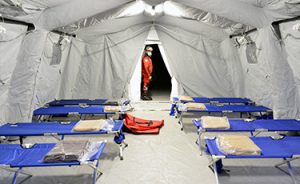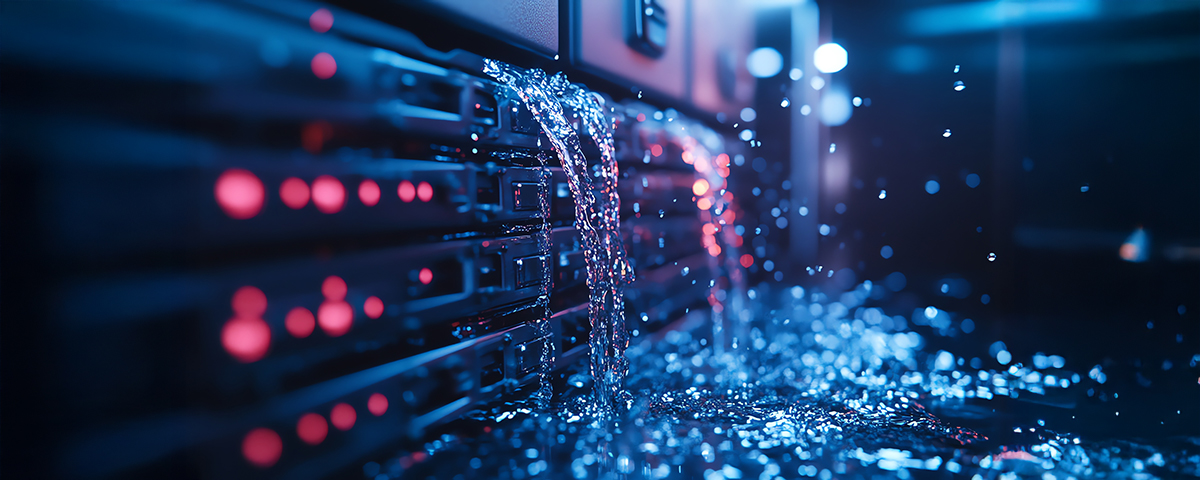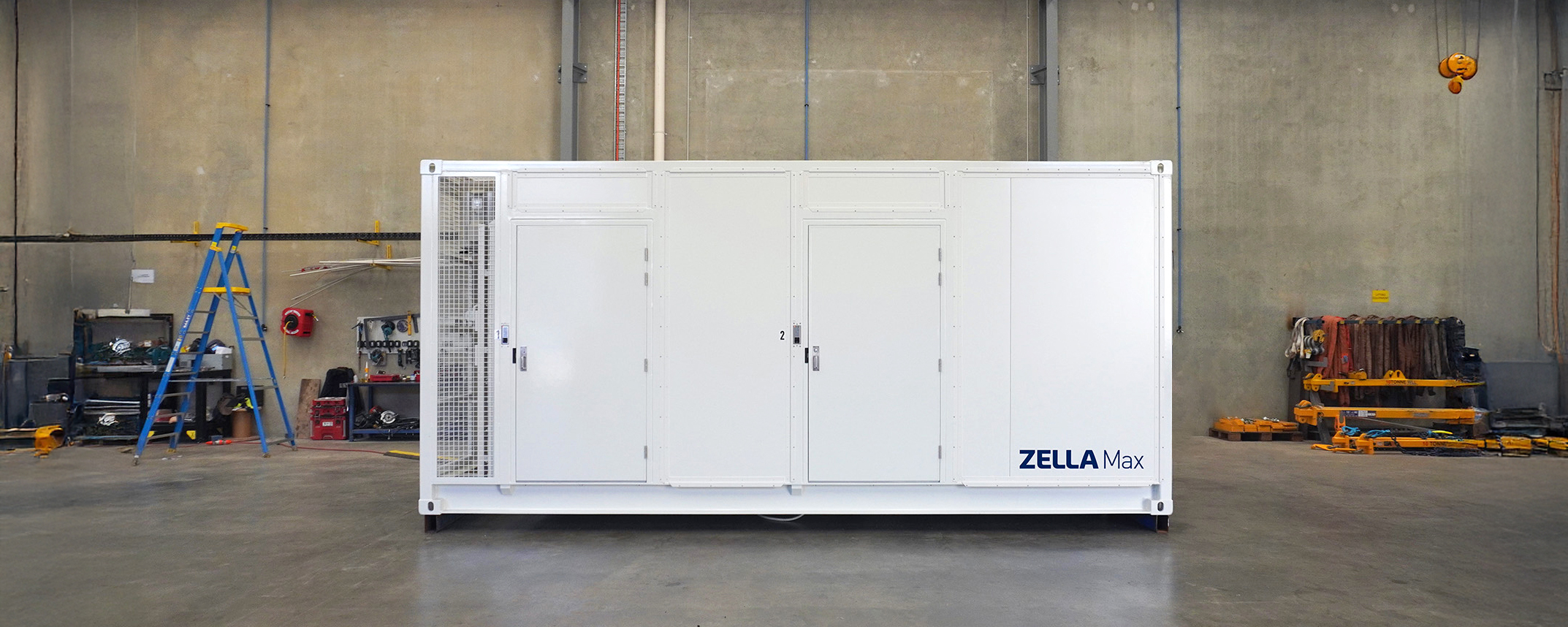The adoption of edge computing is witnessing a rapid and exponential rise. As our dependence on smart devices grows, so too does the need for data sorting at or close to the point of generation. But what happens if the connection is lost, perhaps due to an earthquake or other disaster? All it takes is a broken fibre cable or collapsed 5G antenna and the most carefully designed edge to cloud hierarchy could be rendered temporarily useless.
One obvious example where the loss of connectivity could be catastrophic is that of medical aid, perhaps in a conflict zone or during a natural disaster. The loss of connection is one of the greatest challenges in such situations, especially when there are lives at risk. Digital tools and data play a massive role, especially when it comes to coordinating response efforts; without connectivity, these efforts are magnified a hundred-fold.
For base camps or disaster relief operations it’s critical to have independent IT infrastructure to store and process data locally and to have the ability connect to a wider network of rescue operations.
Portable edge data centres
Most edge data centres are designed to remain in one place. They’re hardwired into a wall and, bar blackouts or other temporary loss of power, rely on mains electricity. The requirements of a purpose-built, edge data centre designed to work in emergency situations are somewhat different. Edge data centres need to be small and portable, easily hooked up to a power source and have pre-commissioned, reliable cooling to withstand any ambient conditions.
Enter the Zella Swift, an instant micro data centre that doesn’t require installation . Designed for on-the-go environments, the Zella Swift can be connected to any power source and be up and running virtually immediately. The benefits of this can and are revolutionising disaster management. Restoring communication and keeping operations running, even when the surrounding environment has been destroyed, is key to saving lives.
Some of the crucial needs of a disaster recovery data centre include:
- Easily transportable
- Connects simply by plugging into any power sources (i.e. mains power or a generator)
- Can work on AC or DC power – can also be powered by alternative energy, such as solar
- It’s ready to go, with a pre-commissioned cooling system
- A completely sealed unit, making it impermeable to dust, sand and other airborne contaminants
- Can be monitored and managed remotely
This rugged, incredibly secure data centre is designed to be used in a place where portability is key. As well as disaster recovery, it’s perfectly suited for sport events, oil & gas exploration, construction sites and military use.

Security issues
Base camps and disaster relief operations don’t have the security standards you would expect in an office so it’s crucial to have system in place to monitor access to the equipment.
The Zella Swift comes with secure access options and can even be equipped with security camera to record suspicious activity.
If network connection is available, the micro data centre can be remotely monitored and managed, so no specialist IT personnel will be required on-site.
Disaster recovery technology is continually evolving. The Zella Swift will help you set up the infrastructure and systems you need to connect back to the grid and to keep your operations running smoothly.
Get in touch to find out more about why the Zella Swift will revolutionise your edge strategy.






